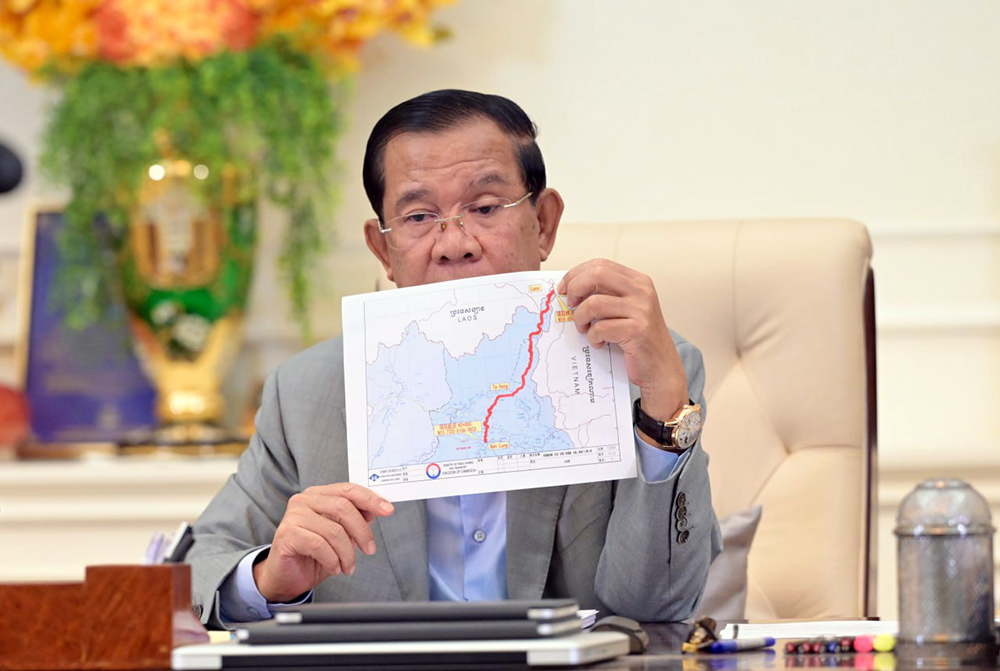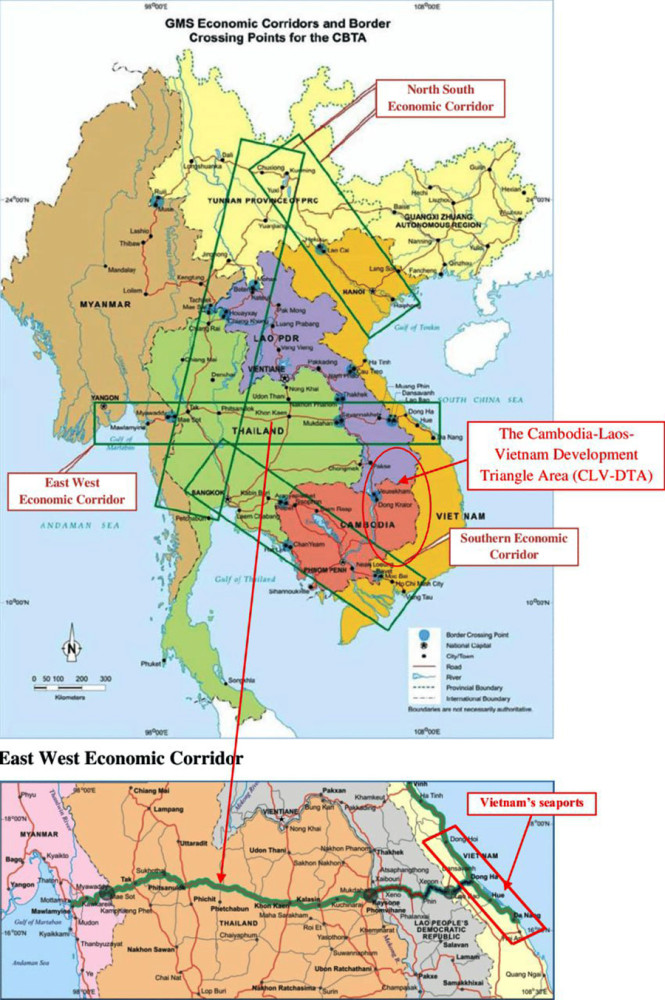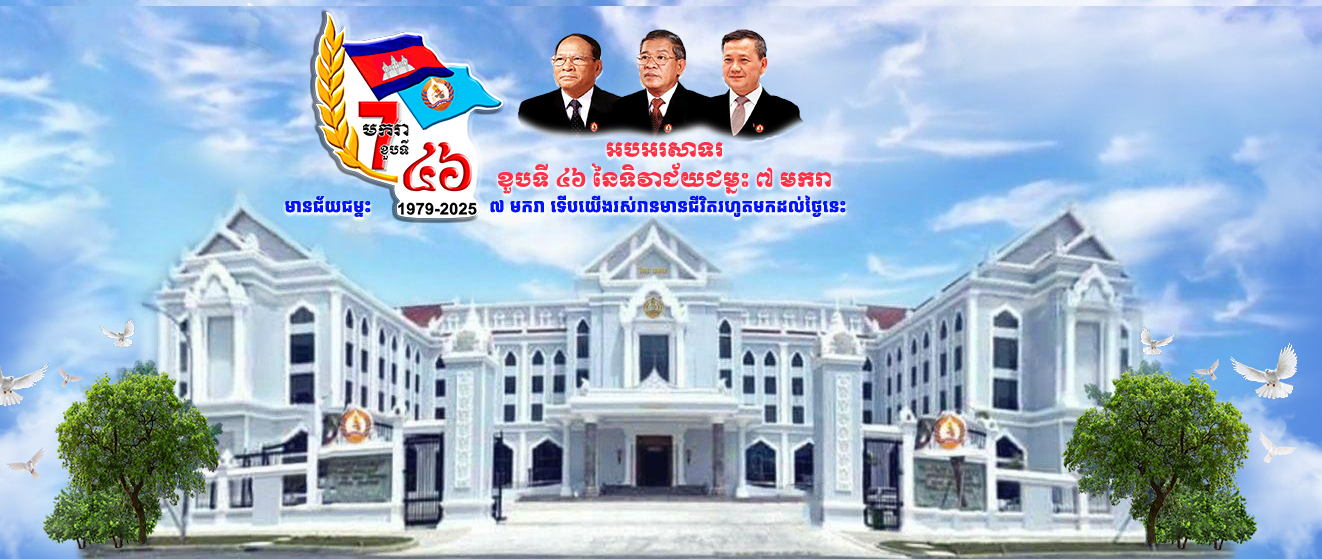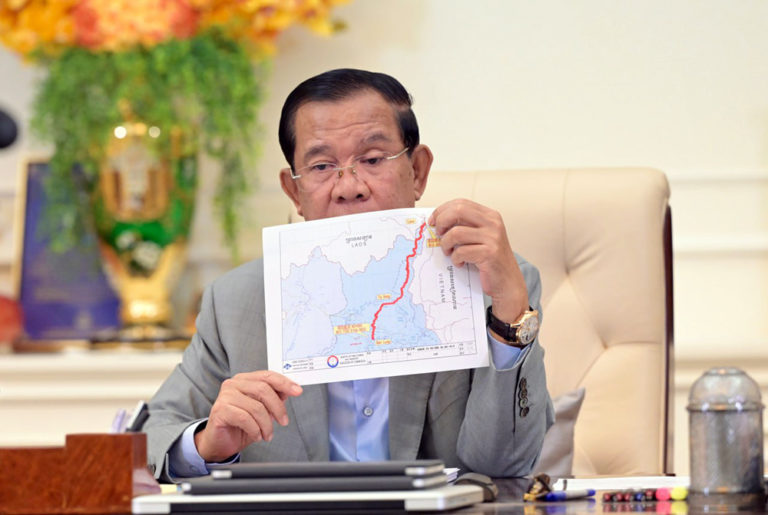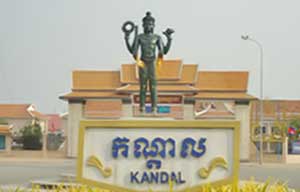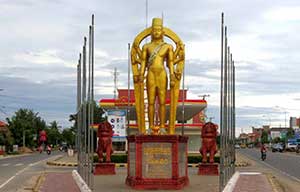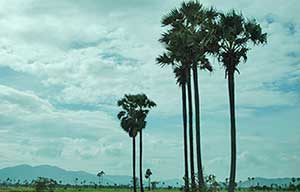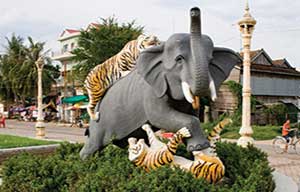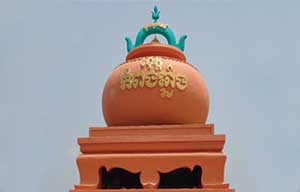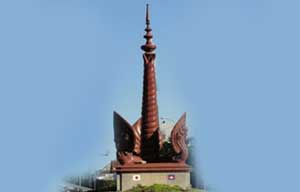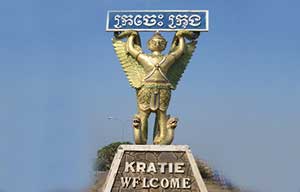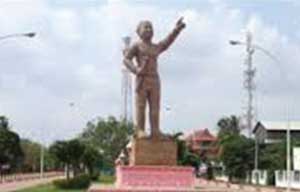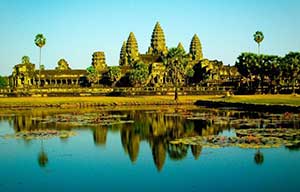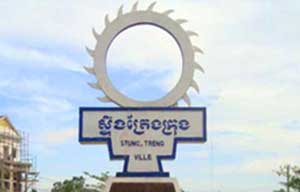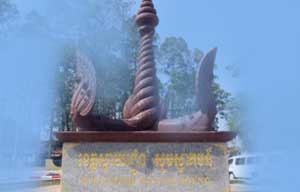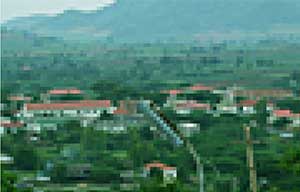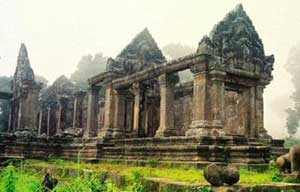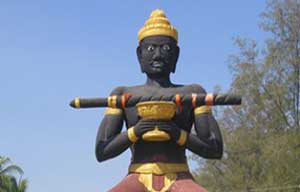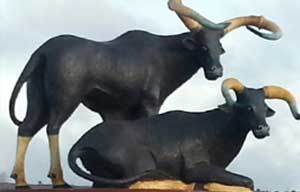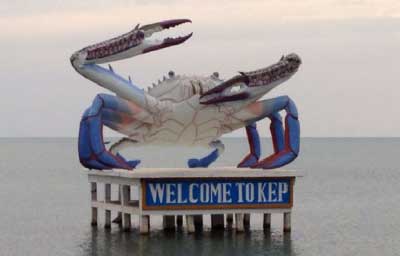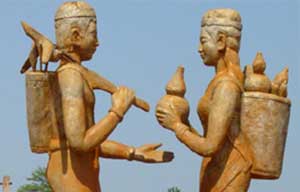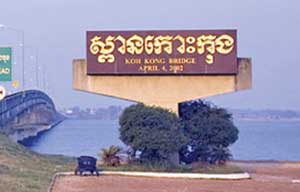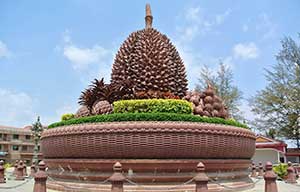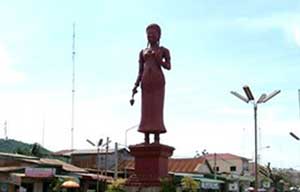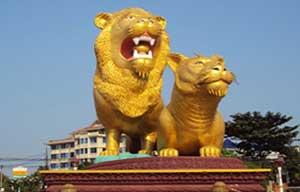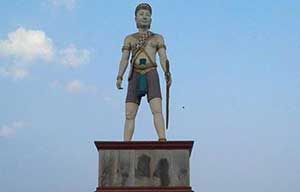The Spokesperson for the Royal Government this noon issued a four-point statement rejecting information about the integration of some parts of Cambodian territory into Vietnam in the form of Cambodia-Laos-Vietnam Development Triangle Area (CLV-DTA) cooperation.
In the two-page statement, the Spokesperson reassured the public that there is no integration of four Cambodian provinces into Vietnam, as alleged by a small number of extremist groups.
Moreover, he continued, there is no sharing of the four provinces with neighbouring countries to form a single territory, and there is neither the sharing of natural resources such as mineral and forest resources of the four provinces for co-investment as mentioned.
In addition, the citizens of each country are not allowed to freely enter and leave the Development Triangle Area, he underlined.
“The CLV-DTA cooperation was created within the framework of the authorities of the three countries for the benefit of the economy, infrastructure, health, education, security and disaster management, etc. as clearly stated by Samdech Techo Hun Sen without regard to land and natural resources,” the Spokesperson reconfirmed. “Each country retains its own sovereignty without being violated […] and there is no joint creation of a new territory.”
In a special statement delivered on July 23, Senate President Samdech Akka Moha Sena Padei Techo Hun Sen, who had initiated the establishment of the CLV-DTA cooperation when he was the Prime Minister of Cambodia, re-emphsised the significance of this CLV-DTA cooperation framework.
He highlighted four main factors for the creation of CLV-DTA, including economic connectivity focusing on infrastructure, electricity, trade exchange, tourism and so on; security and national defence, especially the fight against human and drug trafficking, illegal logging, terrorism, militia groups, …; human resource training and health services; and cross-border disaster management cooperation, in response particularly to drought, wildfire, and so on.
Samdech Techo Hun Sen also asked the Ministry of Commerce to release the agreements and relevant documents adopted during the 11 previous CLV Summits for the public to check whether there is any agreement on land swaps approved by the CLV leaders.
“There is no agreement on territorial exchange, but for socio-economic, security and national defence benefits. Each party controls its own territory and development. […] It is about complementing each other,” he explained, stressing that there is no point stating about the land loss or joint creation of a new nation there.
The CLV-DTA was officially established on Nov. 28, 2004 in Vientiane to bolster and consolidate friendly relations, tighten solidarity and comprehensive cooperation, with a focus on socio-economic development, defence-security cooperation, and people-to-people exchanges for the sustainable development of the three countries and the region.
The CLV-DTA is composed of 13 provinces, namely Stung Treng, Rattanakiri, Mondulkiri, and Kratie of Cambodia; Sekong, Attapeu, Salavan, and Champassak of Laos; and Kon Tum, Gia Lai, Dak Lak, Dak Nong, and Binh Phuoc of Viet Nam.
By 2023, the Royal Government of Cambodia has spent about US$3.85 billion to boost the development of northeastern part of the country aimed at connecting economic flow with the development triangle area between the three neighbouring countries – Cambodia-Laos-Viet Nam – through the construction of various infrastructures, industrial parks and economic centres. These funds include US$1.5 billion in Kratie, US$1.2 billion in Stung Treng, US$728 million in Rattanakiri and US$431 million in Mondulkiri.
